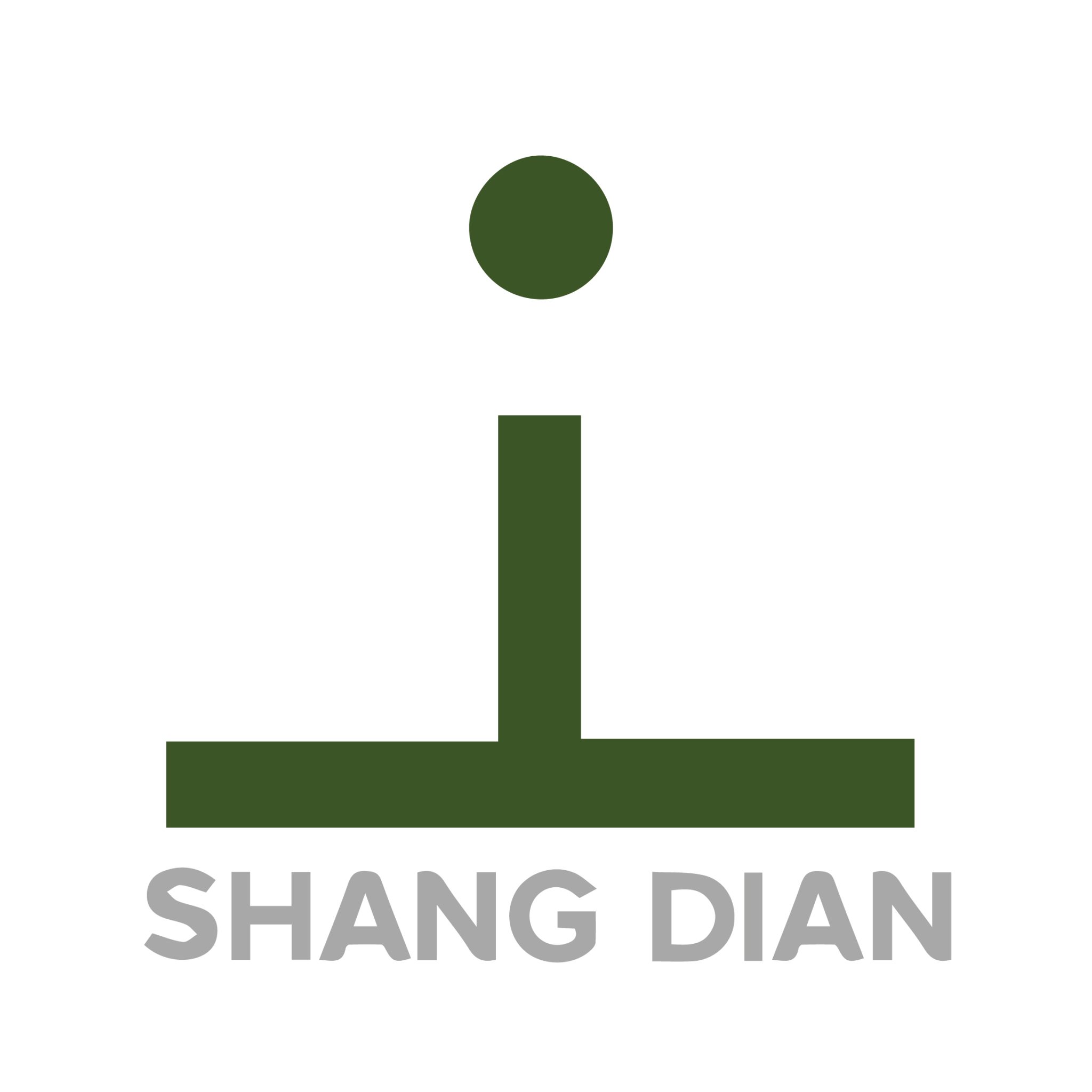- 2025 Prize
- From Landscape Design
Woven Garden Dreams
Project Description
The rapid expansion of urban areas has resulted in the erosion of cultural heritage, detachment from urban life, and disorganized cityscapes. These challenges necessitate a comprehensive approach to urban planning that embraces the vibrancy of street life, commerce, and culture. In our landscape design, we have embraced the concept of weaving as the central technique for interconnecting the garden path system. By transforming urban nodes and street corners into intricately woven mosaic blocks and seamlessly integrating the original dispersed green spaces with the surrounding culture, history, and industry, we aim to establish a people-centric thoroughfare. This thoroughfare is envisioned to blossom into a prominent and enduring cultural landscape in the years to come.
In the realm of paving planning, the team took a thoughtful approach by prioritizing the preservation of existing paving to minimize additional material usage, aligning with energy conservation and carbon reduction policies. They implemented the steel plate root barrier method to direct the growth of plant roots into the soil layer below 30 cm, allowing for the installation of a permeable surface. This innovative strategy not only ensures the survival of plants but also maintains their vital shade-providing function.
Furthermore, recognizing the garden path's popularity among cyclists and tourists, the team conceptualized the area as a themed "relay station," serving as a hub for bicycle enthusiasts. To enhance the area, they integrated public art with seating facilities, resulting in the creation of a distinctive resting pavilion with a striking folded line structure.
The pathway leads to the park forest area. In response to previous issues with the park, such as disorganized pathways, subpar growth of shrubs and flowers, and soil quality concerns, a new approach called "subtractive design" was implemented. Initially, a thorough evaluation of the existing tree population was conducted. Unhealthy plants were removed, while robust trees were preserved. Similar plants were then strategically grouped to optimize natural light and air circulation throughout the park. Furthermore, the intersection, previously uneven and facing roads on all sides, was transformed into four inviting squares, creating a welcoming space for community gatherings. Additionally, multiple benches and other street furniture were strategically placed in the walkways to offer pedestrians a place to rest and unwind.
It is worth mentioning that, as this project places particular emphasis on the compatibility of ecological balance, environmental protection and artistic aesthetics, the following measures have been adopted. First, edible landscaping was introduced, such as laying out red brick flower beds to grow shrubs such as rosemary and tree ferns, and in the future, community ecological promotion groups will maintain and manage them, thereby providing the surrounding neighborhood with more places for socializing and learning. Second, sponge cities are integrated with nature exploration games, and facilities such as permeable paving for children's playgrounds and recycled rainwater paving for parks are planned. This not only reduces the burden on the drainage system, but also improves the utilization rate of water resources and promotes the sustainable development of water and soil resources. Third, the artistic lifestyle includes shaping the walls with images of fish swimming in the water, flowing water, etc., or creating the image of a flower blooming in a water jug. The team hopes to guide the public towards a sustainable future through entertaining environmental planning. Fourth, the existing lighting configuration will be retained, and an intelligent night lighting plan will be formulated to improve nighttime walking safety while achieving the goal of energy conservation and carbon reduction. Fifth, the school walking path of the surrounding elementary school will be combined with the Greenway to form a friendly and complete people-oriented road.
S.D. is co-founded by CHING-I, WU and director FU-CHU, HSU in 1997. With a team consisting of multiple professionals in fields, such as architecture, landscape architecture, and interior design, S.D. aims for the vision to create an innovative spatial experience.
S.D. takes the concept of unifying the environment and the intermediary space of the building entity, so that the living environment presents the overall style and harmony. With the foundation of human-human interactive model, S.D. strives to integrate landscape and environment into a state of "entering into the landscape from the green, and into the heart from the scene", interpreting the changing performance of life in space, and harmoniously corresponds with the architectural form to capture the vicissitude (changing) of time and light and shadow. This approach implements the virtual and real historical field and time memory in an innovative space to strengthen and repair the lost "spirit of place".
S.D.’s landscape service projects include private housing, collective housing, large-scale community housing development, hotels, public landscape spaces, transportation hubs, international terminals, and hospital public institution buildings. In each implementation proposal, many plans are proposed, and these plans are all closely connected with the local environmental life and the humanities, arts and culture. S.D. will consider the impact of the local climate to determine the plan of landscape planting. All planting plans will consider how to match up with the natural ecosystem to create a more diverse ecosystems in the future and provide a sustainable and friendly renewable urban environment.
SD's work team has won many domestic and international awards, including the Taiwan Urban Design Award for Taichung City, year in 2014, 2015, 2016, 2017, Landscape Design Award in 2019, and the Taiwan Landscape Association's Seventh Landscape Award, Public Space Award, awarded excellent. In 2020 S.D. is honored with the A'Design Landscape Gold Award and also with a total of 12 affirmations in A'Design Landscape Gold, Silver and Bronze. This achievements leads S.D to shortlisted for 4 awards of the Singapore SIDA Interior Design Contest. The most well-known projects are Taiwan Taichung Literature Museum Park, Taiwan Yong-Quan Par, and Taiwan Connection 1908 – an adaptive reuse of Taichung Railway Heritage Site. These projects have also been recognized by many international landscape awards.
S.D. is currently formulating some notable plans, including an investigation of cultural and historical data for the Taiwan Connection 1908, making the humanities and arts and historical spots in the adjacent areas into a network of travel maps, and compiles them into a city guide booklet. The plans also include analyzing the new positioning of urban development on the scale of urban planning, making the theme of space configuration based on the surrounding environmental resources, closely communicating with local residents and conducting lecture courses in the community, so that we can understand the real needs of the public.
Furthermore, through the plan of Yong-Quan Park, the lake walkway connects the historical sugar industry culture and the lake’s complete ecology is re-established and restored, providing citizens with a rest space of culture and other diverse lifestyle functions. Through the reconstruction of cultural and historical resources and the community building method of environmental education, these enable residents' recognize the region they live in with new memories of the land, and prospectively, in the future, a new model of landscape urbanism will be established.

